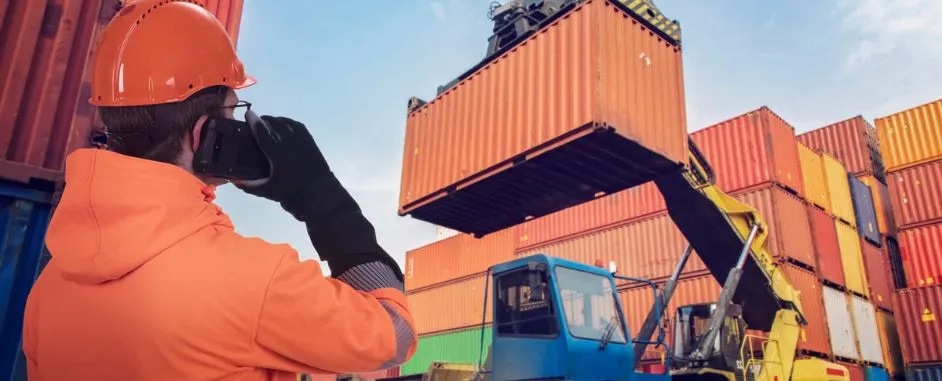Reliable connectivity helps port terminals realize their digital ambitions

In October I attended the TOC Americas 2023 conference, which attracted more than 1,000 port and terminal industry professionals from 40-plus countries. It was held in Panama City, just a stone’s throw from the Panama Canal. As part of our program, we visited two container terminals on the Pacific coast and one on the Atlantic coast. Panama is one of the few places where you can have breakfast on the Pacific, lunch on the Atlantic and be back to the Pacific coast in time for dinner.
The conference brought together some major maritime container terminal operators like DP World, Carrix – SSA Marine, Hutchinson Ports, SAAM Terminals Hapag-Lloyd, Altamira Terminal Portuario and PSA International. Port and terminal equipment providers were well represented, too, with key players such as Konecranes, Kalmar, ZPMC and Genma.
TOC Americas was an important event also for Nokia as the maritime segment is a focus area for our campus private wireless offering.
My key takeaways from the conference were that:
-
Port and terminal operators across Latin America, and throughout the world, want to digitalize and modernize their operations to improve efficiency across their terminals.
-
The operators recognize that reliable connectivity is a critical enabler for digital transformation and to improve worker safety and business productivity.
-
Many operators have difficulties finding spectrum, connectivity solutions and certified industrial devices that meet the demands of their applications and workers.
I had the opportunity to present products that can be deployed with the industrial-grade private wireless solution Nokia Digital Automation Cloud (DAC) and our on-prem Mission Critical Industrial Edge to address these challenges:
-
Ruggedized Nokia Industrial 4G/LTE and 5G devices connect people and machines in harsh environments. The portfolio includes compact phones, field routers, dongles, video cameras and accessories.
-
Nokia Industrial device management provides zero-touch onboarding, dashboards and reports that make it easy to remotely configure and manage Nokia Industrial devices.
-
Nokia Network Digital Twin enables port and terminal operators to use a virtual representation of their network to improve efficiency and productivity. With our network digital twin, an operator can see how devices experience the network in real-time, identify hotspots and areas of poor performance, and take appropriate proactive actions.
-
Nokia Team Comms is a push-to-x application that improves worker safety and productivity by enabling secure and reliable voice, video and text communication across complex industrial campuses.
Conference attendees showed significant interest in the Nokia one platform for industrial digitalization. It includes connectivity, edge computing capabilities, industrial applications and devices like above mentioned, and access points.
For me, the highlight of the event was the conference panel hosted by Alfredo González of Nokia, where KFTL CIO, Banda Sene, described how Nokia DAC makes the port more efficient. KFTL is part of the CMA-CGM group, which operates more than 80 ports worldwide. The discussion revealed many insights to how Nokia connectivity solutions help the company overcome challenges.
It became apparent that terminal operators struggle with poor connectivity, which the Nokia port blueprint could help them overcome. It outlines how to deploy connectivity, which will make their terminal operations safer and more efficient.
My experiences at TOC Americas 2023 and Smart Digital Ports – Halifax strengthened my belief that there is no substitute for face-to-face discussions with industry professionals. It was enlightening to hear about the challenges they face and exciting to tell them how our one platform for industrial digitalization could transform their operations.
I look forward to continued discussions with port and terminal operators, and I hope we can help more of them achieve their digitalization and modernization goals in 2024.







